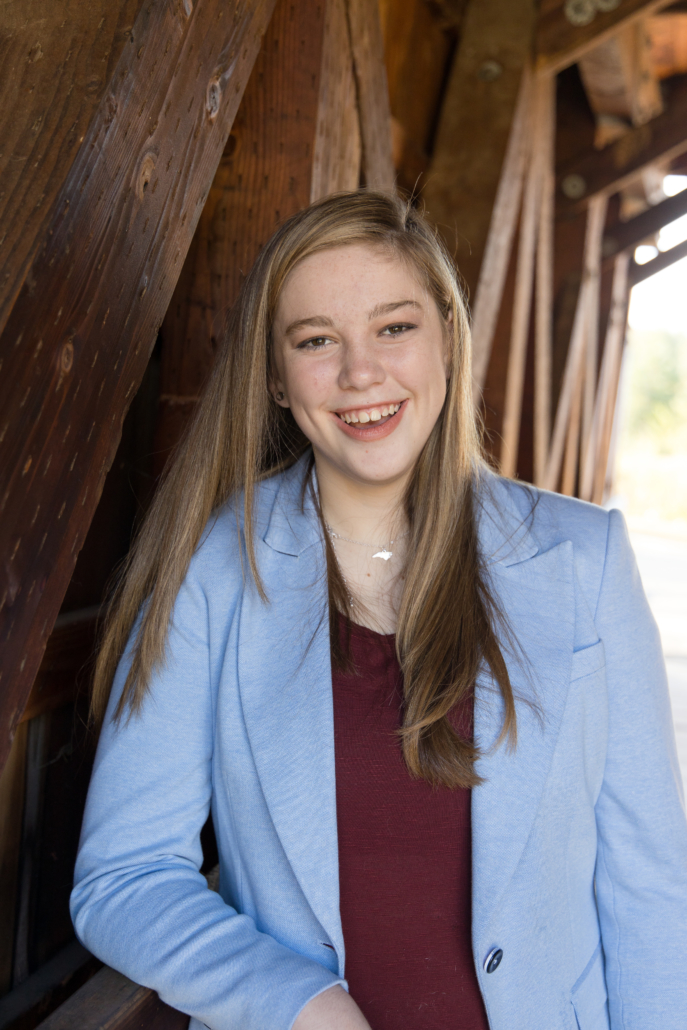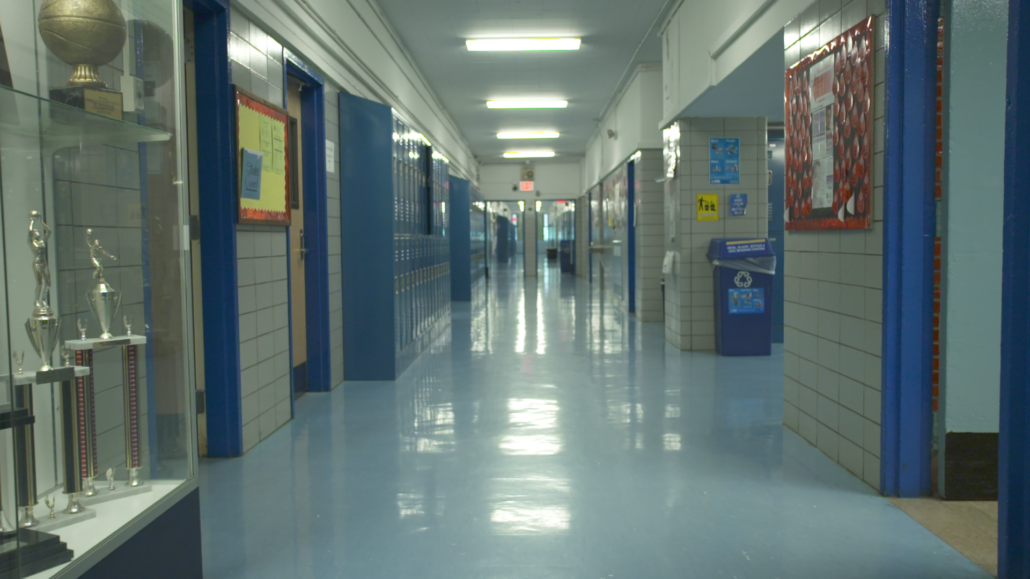By Guest Blogger: Lena Malpeli, Student
My friend jokingly called me one of the rarest specimens to exist; a jock and a geek hybridized, somehow co-inhabiting in the same body. For the most part I agreed, though sports, a constant in my life since age three, never meshed with my fine arts extracurriculars. I knew about three other kids who played sports who also participated either in concert or marching band. It was frustrating that the rest of my bandmates didn’t know what a technical foul was while my soccer teammates thought an arpeggio was a type of cheese. My sports life and my band life were separate, and when I tried meshing them, they never mixed well. In the band room my girlfriend and I would cuddle in the backroom, squeeze each other on the arm, and I would excitedly tell my friends we had a date after my basketball game. At the actual game it was totally different. To teammates, I vaguely alluded to having a date, never mentioning pronouns. I only told one person on the team (who was also queer) that I was gay. I would not have been “hate-crimed” by the entire JV team if I had explicitly come out, but there was a tense undercurrent underlying any expression of queerness in the sports that I played.
The most disconcerting occurrence happened when a girl who I used to play soccer with asked if my ex and I were dating. By then I was semi-closeted, telling some friends in band and my desk mates in my literature class. But I was certainly not out to the whole school, as several classmates went to my church (which I knew was homophobic) and could out me there. I was never explicitly bullied at school for being gay, but unusual looks from teammates, cold shoulders, and one rant from a former teammate expressing her confusion about the existence of gay people told me I shouldn’t be explicitly open about my queerness in athletics.
So why were those two spaces so different for me? I had life-long friends in both marching band and club soccer, but there was an underlying system of support in the fine arts that I did not see in the rest of my school. It was a running joke that there was an unusual number of queer kids in band and theatre, but there was also an unusual amount of openness about sexuality and gender that was not present anywhere else. Kids are more likely to come out if they feel they are in a safe space, which is vital to their mental health. Coming out can feel like a huge and scary process, but with the right mentors and an open and accepting environment, the “scary” part of the process isn’t as intense.
Living in a half-space of openness was jarring for me. As soon as I crossed into the band hallway, there was a bounce in my step, a grin on my face, and an increased security in my identity. However, after the bell rang for the next period, my reactions were visceral: my shoulders hunched inwards, I took shorter strides with my head held down, and physically let people impose on my space for fear of simply being too “much”. At church I would consciously wear more pastels, raise my voice tone to make it sound more Southern, sit with the girls instead of playing games, and more. I was like two different people. At band and in private, I was wholly myself, but in places I felt unsafe, I was only a facsimile of my best attributes. The negative mental ramifications of physical and psychological unsafe places in school, sports, church, or anywhere else can be catastrophic for LGBTQ+ kids; it makes the need for places of acceptance and self-expression that much more vital.
Thankfully, there are several ways to make LGBTQ+ teens feel supported and accepted. First and foremost, the creation of a safe environment inside a classroom or teaching area is key. For me, it was in band class, where the director let us eat lunch in the back room, giving students a sheltered space to talk with friends about anything and everything without fear of being overheard or fodder for gossip. I’ve seen many TikToks of students professing their gratitude towards their teachers who let queer kids chat at lunch in their classrooms – it may seem like a small gesture, but it means a lot to kids who crave safe spaces to be themselves. Even during class time, where most of the focus is on learning and retaining information, something like a small pride flag or a decal illustrating support can convey adult trustworthiness for a student. I remember the times I’d travel into the city with my parents and seeing LGBTQ+ flags flying on balconies or a sticker in a restaurant window and how those moments made me feel indescribably happy. They gave me a sense of camaraderie, that some stranger was “one of us” or supported who I am. I can only imagine the effect that would have had for me at school where I spent most of my time. I wonder how much that could have made me, and kids like me, feel seen.
All in all, safe spaces in classrooms, and more importantly, in extracurriculars are vital for LGBTQ+ teens to feel secure. Teachers and educators have the biggest opportunity outside parenthood to create a safe learning environment for everyone questioning their gender and sexuality. This coming year I will head to college, which I chose for the specific reason to safely express my identity. It’s an escape from a place where I often did not find refuge, but also a great opportunity to fully blossom in my identity and discover as much as I possibly can about the world. I’m going to still play basketball and soccer in college, and maybe pick up a new instrument or two, because regardless of the space I am leaving, I know that won’t be the space I am heading towards.






